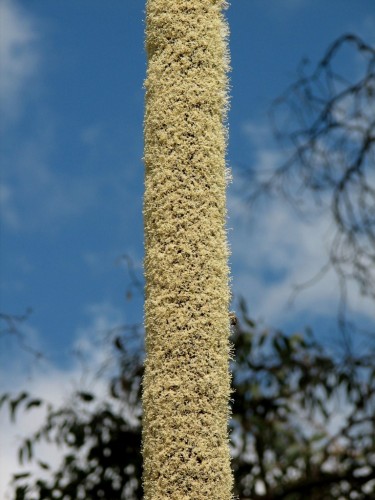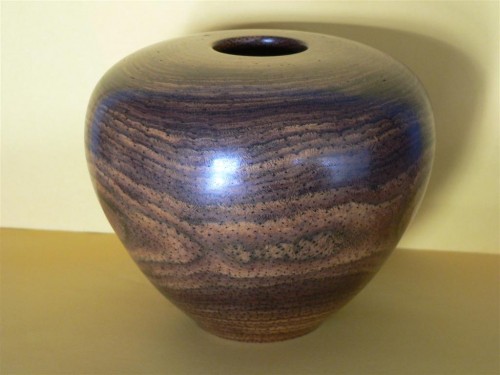Rescuing More Plants
Poor little grass tree from the previous post. I realised that it has been mown every spring for the last five years. It hasn’t had a chance. Now that I have rediscovered it, I am determined to give it some TLC to see if it will achieve some size.
There is one minor problem. It is in the spot where I want to grow some Banksias. I am not sure that Xanthorhoea and Banksias go together. I suppose in the south east, Banksia ornata and Banksia marginata both have Grass Trees in the vicinity.
Today has been a “rescue plants day”. I have some Geraldton Wax (Chamaelaucium ‘Meringur Mist’) which I want to use as a hedge plus windbreak. I think this Geraldton Wax will manage if we have heavy frosts again. It is certainly a drought tolerant species. It originated in a garden at Meringur, south west of Mildura which is a frosty location. I have found that the frost rating given to species is only valid in times of normal rainfall. In a drought year, the frost damage can be quite severe.
There was a frost warning for here tonight. It is quite likely that my tomato and Zucchini plants may suffer.
Xanthorrhoea semiplana Flower Spike
Husband took this photo. It shows the masses of little flowers that make up this marvellous spike. The insects and native bees were working over the flowers when he took me to see it.
I downloaded his photos to my computer as they were really good shots.
I found my small plant of this Grass Tree today. I raised a few from seed and this one must be 5 years old. It is about 30cm tall and is a tuft about the thickness of two adult fingers. Considering that it normally occurs in deep slightly acid sand, in an area of 500-600mm rainfall I guess it is not a bad size. We saw one about 10 years old in a garden and it had a flower spike.
Xanthorrhoea semiplana (Yacka, Grass Tree)
After the grasses seminar we went to Cromer Conservation Park for a picnic lunch. Husband had been bird watching there and was distracted by the great display of wildflowers. There were a number of these Xanthorrhoea plants in flower. They were growing on deep very well drained sand.
These are often sought after as feature rockery plants. The emphasis is on getting hold of tagged plants, not digging them up in the wild without a permit. Every plant that I have seen ready for transplanting has had the leaves trimmed to around 30cm or less, I assume to reduce transpiration stress.
They do not have an extensive root system. They need good drainage, so raise the planting spot if needed, and give it an open sunny aspect. Keep moist but not soggy, so test the soil in the top 4-5cm for dryness before watering again. I think a mulch of small gravel or course sand, failing that, leaf litter to retain moisture during the summer and keep soil temperature from extremes while the plant is establishing is a good idea.
Xanthorrhoea Bowl and Root
This is another of Jeff’s photos.
Jeff turned this piece of Xanthorrhoea root and the bowl.
Australian native timbers have been used for many wood crafts. I have a set of lace bobbins turned from local mallee (Eucalyptus species), mulga (Acacia aneura) and silky oak (Grevillea robusta). The grain and colour is beautiful on the curves of the bobbins.
Another friend made a parquetry floor from timbers that he cut to size himself. The finished floor is a delight to look at. Crawling about on the floor was sheer pleasure to enjoy the colours.
Wood Turning With Xanthorrhoea
I have always admired the skills of people who do wood turning and enjoyed the results of their skills.
This photo that Jeff sent to me was taken at an exhibition. The bowl has the most marvellous grain and colour. This is turned from the caudex (trunk) of a Xanthorrhoea .



